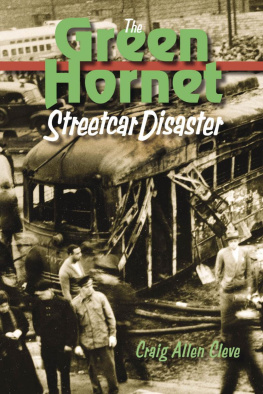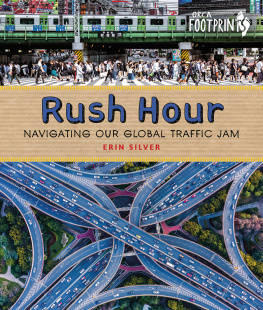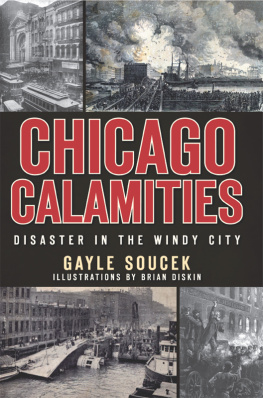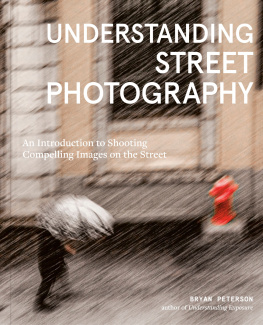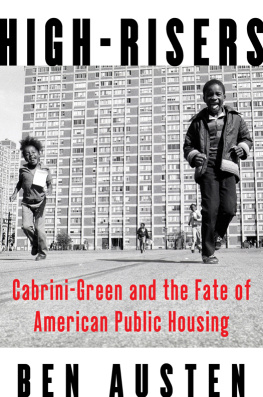Craig Allen Cleve - The Green Hornet Street Car Disaster
Here you can read online Craig Allen Cleve - The Green Hornet Street Car Disaster full text of the book (entire story) in english for free. Download pdf and epub, get meaning, cover and reviews about this ebook. year: 2012, publisher: Cornell University Press, genre: Detective and thriller. Description of the work, (preface) as well as reviews are available. Best literature library LitArk.com created for fans of good reading and offers a wide selection of genres:
Romance novel
Science fiction
Adventure
Detective
Science
History
Home and family
Prose
Art
Politics
Computer
Non-fiction
Religion
Business
Children
Humor
Choose a favorite category and find really read worthwhile books. Enjoy immersion in the world of imagination, feel the emotions of the characters or learn something new for yourself, make an fascinating discovery.
- Book:The Green Hornet Street Car Disaster
- Author:
- Publisher:Cornell University Press
- Genre:
- Year:2012
- Rating:3 / 5
- Favourites:Add to favourites
- Your mark:
The Green Hornet Street Car Disaster: summary, description and annotation
We offer to read an annotation, description, summary or preface (depends on what the author of the book "The Green Hornet Street Car Disaster" wrote himself). If you haven't found the necessary information about the book — write in the comments, we will try to find it.
As rush hour came to a close on the evening of May 25, 1950, one of Chicagos new fast, colorful, streamlined streetcarsknown as a Green Hornetslammed into a gas truck at State Street and 62nd Place. The Hornets motorman allegedly failed to heed the warnings of a flagger attempting to route it around a flooded underpass, and the trolley, packed with commuters on their way home, barreled into eight thousand gallons of gasoline. The gas erupted into flames, poured onto State Street, and quickly engulfed the Hornet, shooting flames two hundred and fifty feet into the air. More than half of the passengers escaped the inferno through the rear window, but thirty-three others perished, trapped in front of the streetcars back door, which failed to stay open in the ensuing panic. It was Chicagos worst traffic accident everand the worst two-vehicle traffic accident in US history.
Unearthing a forgotten chapter in Chicago lore, The Green Hornet Streetcar Disaster tells the riveting tale of this calamity. Combing through newspaper accounts as well as the Chicago Transit Authoritys official archives, Craig Cleve vividly brings to life this horrific catastrophe. Going beyond the historical record, he tracks down individuals who were present on that fateful day on State and 62nd: eyewitnesses, journalists, even survivors whose lives were forever changed by the accident. Weaving these sources together, Cleve reveals the remarkable combination of natural events, human error, and mechanical failure that led to the disaster, and this moving history recounts themas well as the conflagrations human dramain gripping detail.
Craig Allen Cleve: author's other books
Who wrote The Green Hornet Street Car Disaster? Find out the surname, the name of the author of the book and a list of all author's works by series.

